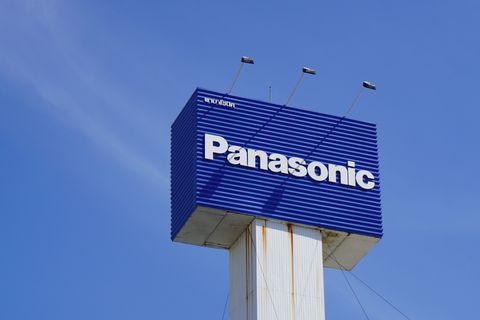Not everyone can afford nearly £800 for Panasonic's top-end consumer camcorder (the HDC-TM900), but you don't have to sacrifice much by moving down the range. Indeed, there are some advantages to the cheaper HDC-SD90.
The first of these is size and weight. Although the SD90 is able to capture super-smooth 1080/50p footage – the same as the TM900 – it's a far smaller, lighter and more pocketable device. It has a touchscreen, just as the TM900 does, and there's even a 3.5mm socket for an external microphone, plus an accessory shoe. Slide the small adapter into a slot at the rear and you'll be able to mount the optional external video light.
There's more good news: two small apertures beside the lens on the front of the camera indicate the camera will take the Panasonic's new 3D conversion lens (see below); it has a bigger optical zoom than the TM900 – 21x compared to 12x – and the lens has a wider maximum angle – 28mm compared to 35mm. You also get plenty of high-end features, including Panasonic's new hybrid image stabilisation technology, which combines optical and electrical methods for super-smooth handheld video.
There are plenty of differences, however, not least of which is the size of that lens. It's considerably smaller than the TM900's, the maximum aperture isn't as large (at f1.8) and the sensor arrangement behind it isn't anywhere near as sophisticated either. Where the TM900 sports three 3.05-megapixel CMOS sensors, the SD90 only has a single 3.3-megapixel sensor.
What that means, inevitably, is inferior low-light performance. We tested in the same conditions as the TM900 and found the SD90 generated more noise and didn't represent colours as accurately. That's to be expected, and it's far from disastrous. In fact, the difference was considerably less than we had expected, only becoming uncomfortably noticeable in low light at extended levels of zoom.
In good light, the difference between the two is slimmer still, and the hybrid image stabilisation is a revelation. At maximum zoom it's possible to shoot handheld and still produce rock-steady footage. For most casual home movie-makers, it'll be a huge step up from pocket video cameras such as the Flip MinoHD and also most high-end HD-capable compacts.
As well as boasting good quality, it's a breeze to use. We found the autofocus responded quickly and sensibly in most conditions, and Panasonic's intelligent auto mode adapts so well to rapid changes in conditions that most people will never find themselves needing to delve into the camera's touchscreen menu system to adjust iris, shutter and white balance.
That's just as well, as one of the features missing from the SD90 that the TM900 has is Panasonic's superb lens ring adjustment system. Also missing is any form of built-in memory (you have to supply your own SDHC or SDXC card), 5.1 audio recording and an electronic viewfinder (EVF). The SD90 only shoots 5-megapixel stills, and its 3in screen isn't as crisp either, sporting a mere 230.4kpixels.
But, the biggest challenge for the SD90 comes not from its bigger brother, or even other camcorders at the same price, but the steady encroachment on its territory by DSLRs and SLD (single lens, direct view) stills cameras, whose raw quality is becoming a real threat to this type of device. For now, the convenience of slick autofocus, that huge zoom and superb image stabilisation just about shades it for the SD90, but we can see a time, not far off, when all you'll need or want is a DSLR.
ITPro is a global business technology website providing the latest news, analysis, and business insight for IT decision-makers. Whether it's cyber security, cloud computing, IT infrastructure, or business strategy, we aim to equip leaders with the data they need to make informed IT investments.
For regular updates delivered to your inbox and social feeds, be sure to sign up to our daily newsletter and follow on us LinkedIn and Twitter.


